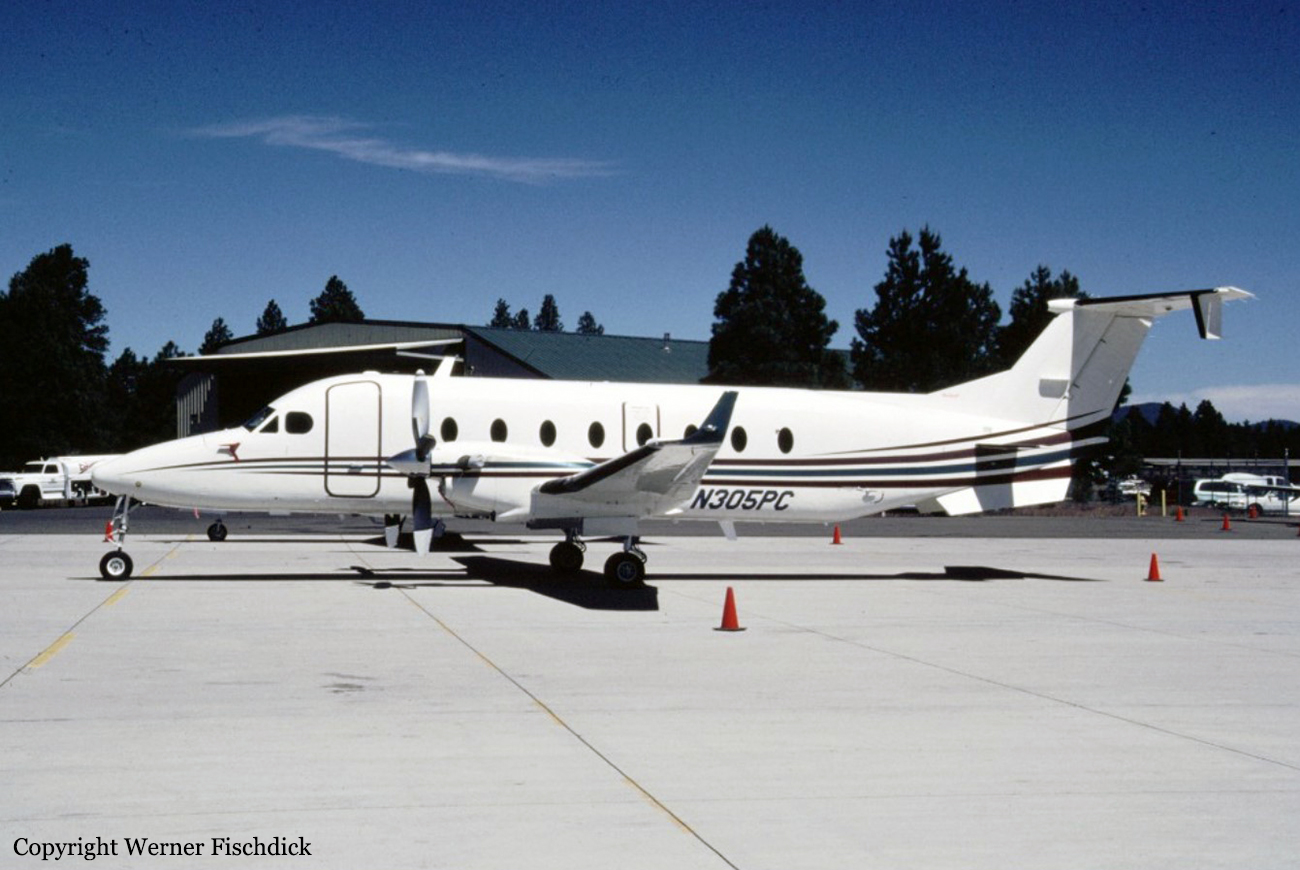Country
Crash of a Beechcraft 1900D in Nairobi: 2 killed
Date & Time:
Nov 9, 2009 at 0517 LT
Registration:
5Y-VVQ
Survivors:
No
Schedule:
Nairobi – Guriceel
MSN:
UE-250
YOM:
1996
Crew on board:
2
Crew fatalities:
Pax on board:
0
Pax fatalities:
Other fatalities:
Total fatalities:
2
Aircraft flight hours:
15866
Aircraft flight cycles:
15941
Circumstances:
The airplane departed Wilson Airport at 03:39 hours, transporting a cargo of miraa to Guriceel Airstrip, Somalia. Taxi, take off and climb were uneventful. However, at 04:23 and flying at FL230 the crew contacted Nairobi Area Control Centre (ACC) and requested for a turn back to Wilson Airport due to a 'slight problem'. At about the same time, the aircraft made a right turn from a heading of 50° to 240° magnetic and commenced descent. The crew reported descending to FL220 and expressed intention to descend further to FL180. However, ACC informed the crew to initially maintain FL200 due to traffic moving in the opposite direction. At 04:28 the crew informed ACC that they were unable to maintain FL200 and requested to descend to FL180 having crossed the opposite traffic. At 04:29, the crew confirmed to Air Traffic Control (ATC) that they were heading to Wilson Airport and indicated that they did not require any assistance. The aircraft continued descending until FL120. The Nairobi Approach Radar established contact with the aircraft at 04:41 and indicated to the crew that they were 98 nautical miles North East of November Victor. The crew was then told to turn left to a heading of 225° and report when they were top of descent, which they did. The crew reported again that they had a 'slight problem' and as a safety measure they had to shut down one engine. They also expressed desire to route direct to Silos. At 04:42 5Y-VVQ aligned with the North East access lane via Ndula Marker. At 04:45, the crew confirmed to Nairobi Approach Radar that the malfunction was on the left engine and again acknowledged that they did not require any assistance. At 04:51, the crew requested for radar vectors for an ILS approach to runway 06 at Jomo Kenyatta International Airport with a long final to runway 32 of Wilson Airport. At 05:09, the aircraft descended to 8000ft heading 260°. At 05:14, the crew was given vectors for runway 32 Wilson Airport. At the same time, the aircraft turned right to a heading 310° as it continued to descend to 7000ft. The crew confirmed the vectors and at 05:15 stated that they were passing Visual Meteorological Conditions (VMC). They were also informed that the Wilson Airport runway 32 was 6.5 nautical miles away in the two o'clock direction. The aircraft continued to descend to 6000ft and at 05:16, the crew confirmed sight of runway 32. The crew was then transferred from the radar to the Wilson Tower frequency for landing. 5Y-VVQ was cleared for a straight-in approach to runway 32. Wilson Tower then communicated to the crew airfield QNH was 1022hPa and that winds were calm. The Tower controller had 5Y-VVQ visual and it was cleared to land on runway 32. At about the same time, the aircraft made a 5° right bank and again leveled off before making a steep left bank rising to 30° within 4 seconds. According to Tower and eyewitness information, the aircraft appeared high on approach and on short-final, it was observed to turn a bit to the right. This was followed by a steep left bank. The aircraft left wing hit the ground first approximately 100 meters outside the airport perimeter fence. The aircraft then flipped over, hitting and breaking the airport fence and coming to rest on the left of runway 32 approximately 100 meters from its threshold. The aircraft immediately caught fire upon the impact. Upon further investigations and interview of company personnel, it was established that the crew had made the decision to shut down the left engine following a low oil pressure warning. The flight crew did not declare an emergency.
Probable cause:
The investigation determined the probable cause of the accident as loss of aircraft control at low altitude occasioned by operation of the aircraft below VMCA during one engine inoperative approach.
Other significant contributory factors to this accident include:
- Inadequate pilot training on single engine operation and VMCA;
- inappropriate handling technique during one engine inoperative flight;
- inability of the pilot to monitor the degrading airspeed.
Other significant contributory factors to this accident include:
- Inadequate pilot training on single engine operation and VMCA;
- inappropriate handling technique during one engine inoperative flight;
- inability of the pilot to monitor the degrading airspeed.
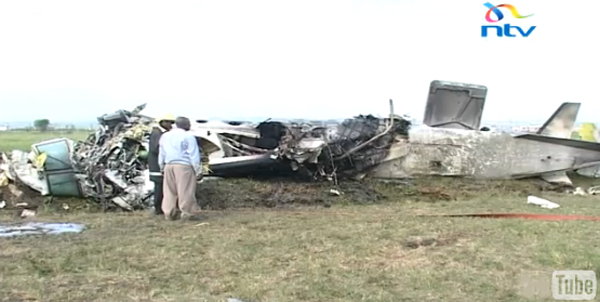
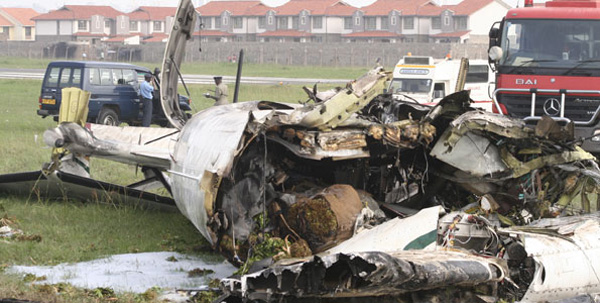
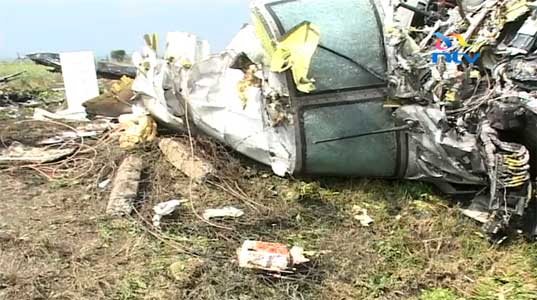
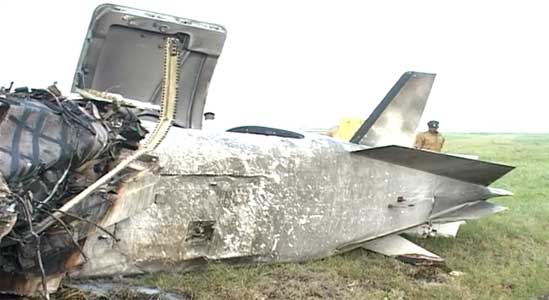
Crash of a Beechcraft 1900D in Bushi: 3 killed
Date & Time:
Mar 15, 2008 at 0920 LT
Registration:
5N-JAH
Survivors:
No
Schedule:
Lagos - Bebi
MSN:
UE-322
YOM:
1998
Flight number:
TWD8300
Crew on board:
2
Crew fatalities:
Pax on board:
1
Pax fatalities:
Other fatalities:
Total fatalities:
2
Captain / Total hours on type:
852.00
Copilot / Total hours on type:
204
Aircraft flight hours:
5578
Circumstances:
The aircraft, Beech 1900D with flight number TWD8300 on a positioning flight, filed an Instrument Flight Rule (IFR) with Air Traffic Services (ATS) at Murtala Muhammed Airport (MMA) Lagos for departure to Bebi airstrip, Obudu on a filed flight plan LAG – UA609 – POTGO – DCT – ENU – DCT - OBUDU. But the actual route flown was LAG – UA609 – POTGO – LIPAR – LUNDO – IKROP – BUDU. The aircraft departed MMA at 0736 hrs as per the flight plan, climbed to FL250, estimated MOPAD at 0755 hrs, BEN at 0814hrs, POTGO at 0837hrs, LIPAR at 0844hrs, LUNDO at 0902 hrs and OBUDU destination at 0917hrs. The aircraft was transferred to Port Harcourt at 0845 hrs thereafter the crew requested descent. It was cleared to FL110 but on passing through FL160 requested further descent and was then released to Enugu at 0856 hrs by Port Harcourt. Enugu cleared it to FL050. The aircraft deviated from the flight plan route, and flew on airway UA609 direct to IKROP from POTGO. The inputs into Global Positioning System (GPS) gave the crew different distances to Bebi. The crew agreed on a coordinate to input and thereafter were busy trying to locate the airstrip physically. During this process the Ground Proximity Warning System (GPWS), warning signals and sound of “Terrain, terrain…..pull up” was heard several times without any of the pilot following the command. The aircraft flew into terrain, crashed and was destroyed. At 0923hrs, the Radio Operator at Bebi called the aircraft to confirm its position, but received no reply. The FDR showed that the aircraft crashed at about 0920:15 hrs at an altitude of about 3,400ft at Bushi Village during the hours of daylight with three fatalities. The aircraft flew for 103.75 minutes before impact.At 0924 hrs, Bebi Radio Operator called Calabar, to confirm if in contact with 5N-JAH, Calabar replied negative contact. The burnt wreckage was found by hunters in a dense wooded area on 30 August 2008.
Probable cause:
The flight crew conducted an approach into a VFR airfield in an instrument meteorological condition and did not maintain terrain clearance and minimum safe altitude which led to Controlled Flight Into Terrain. The crew did not respond promptly to GPWS warning.
Contributory Factors:
- The flight crew was not familiar with the route in a situation of low clouds, poor visibility and mountainous terrain.
- The Area Controllers did not detect the estimate as passed by the pilot for positions not in the filed flight plan (LIPAR and LUNDO) and omitting ENUGU.
- The flight crew changed from IFR flight to VFR flight without proper procedure and ATC clearance.
- The crew did not use Jeppesen charts as approved in WINGS AVIATION Operational Specifications by NCAA.
- The Lagos Area Control Center (ACC) did not detect or question the disparity in waypoints and routing as read back by the crew, compared with the filed flight plan.
Contributory Factors:
- The flight crew was not familiar with the route in a situation of low clouds, poor visibility and mountainous terrain.
- The Area Controllers did not detect the estimate as passed by the pilot for positions not in the filed flight plan (LIPAR and LUNDO) and omitting ENUGU.
- The flight crew changed from IFR flight to VFR flight without proper procedure and ATC clearance.
- The crew did not use Jeppesen charts as approved in WINGS AVIATION Operational Specifications by NCAA.
- The Lagos Area Control Center (ACC) did not detect or question the disparity in waypoints and routing as read back by the crew, compared with the filed flight plan.
Final Report:
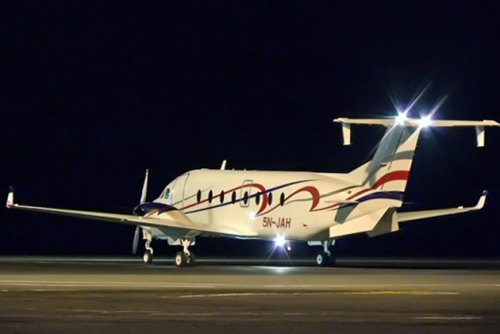
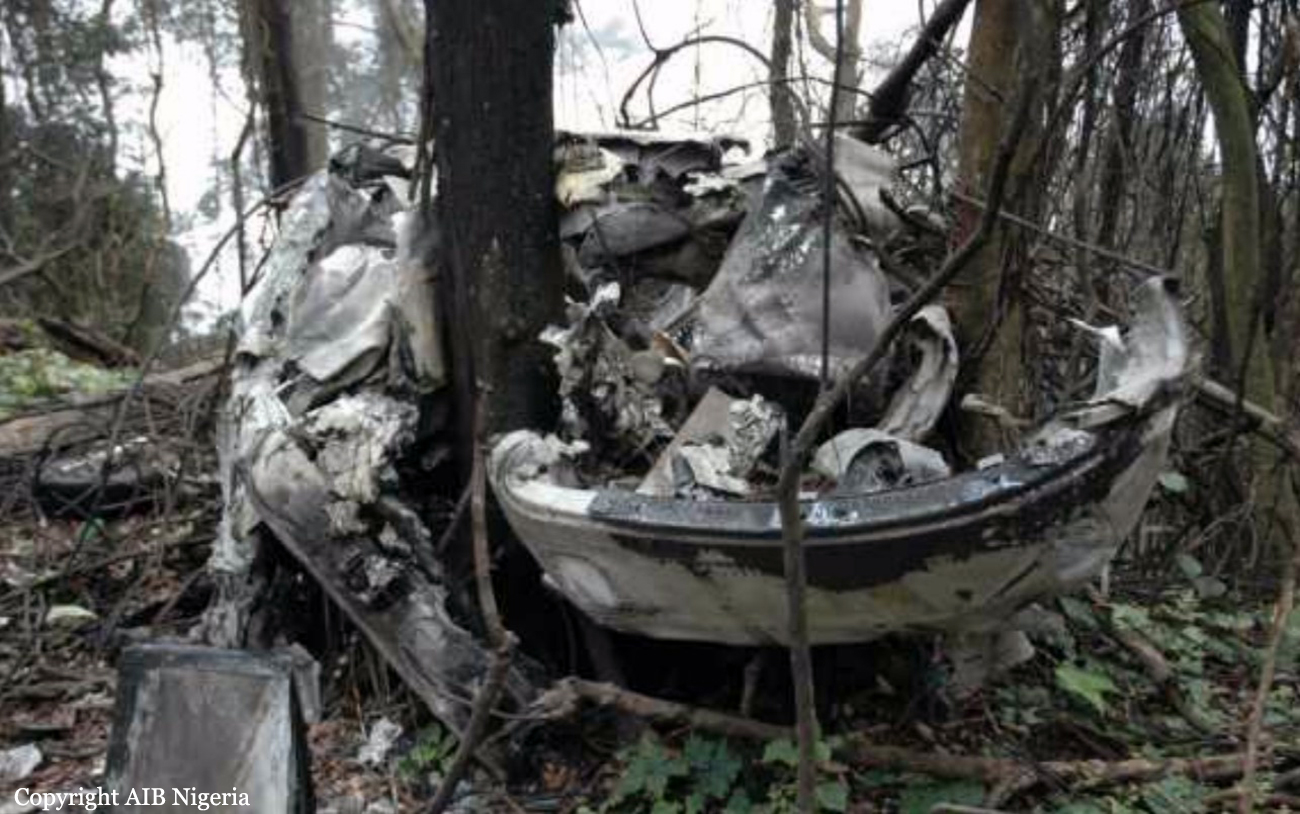
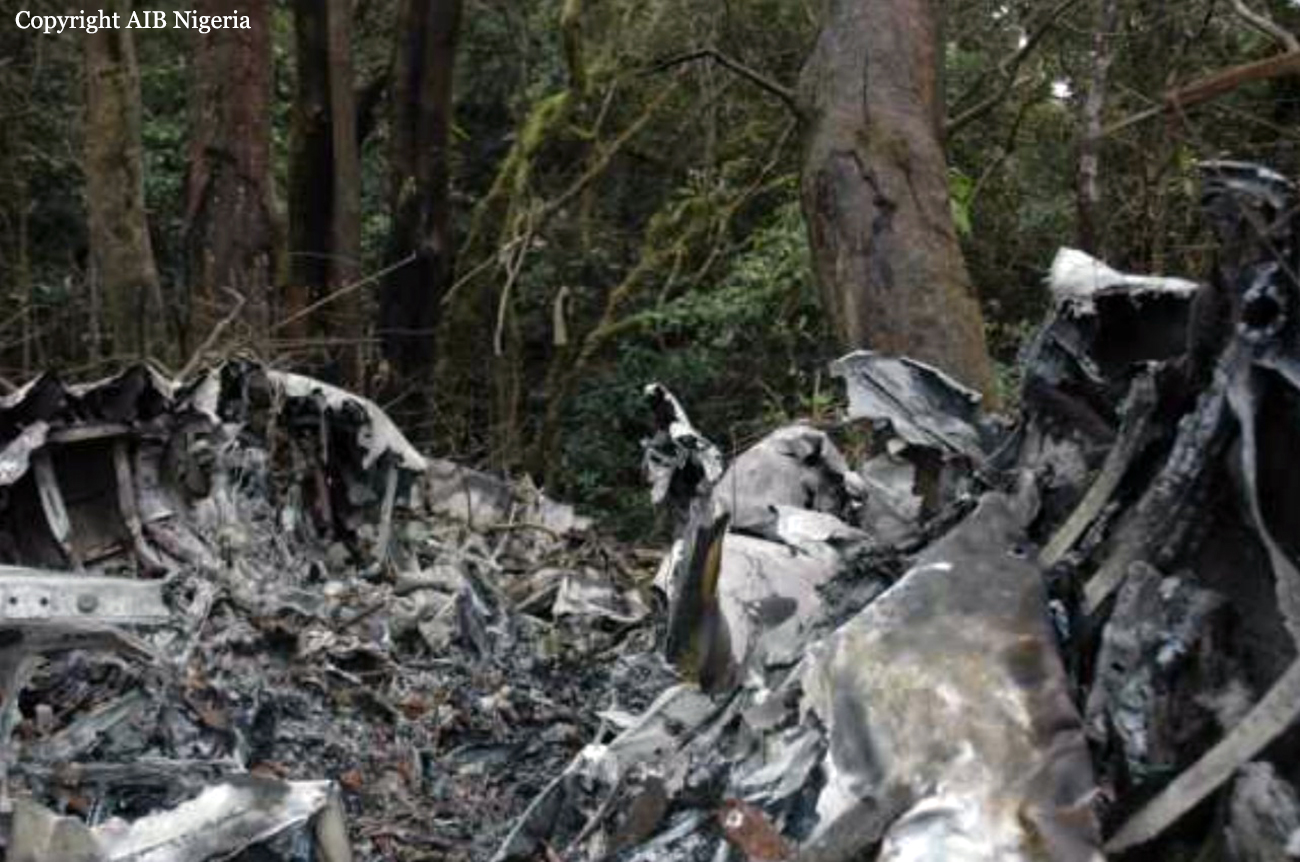
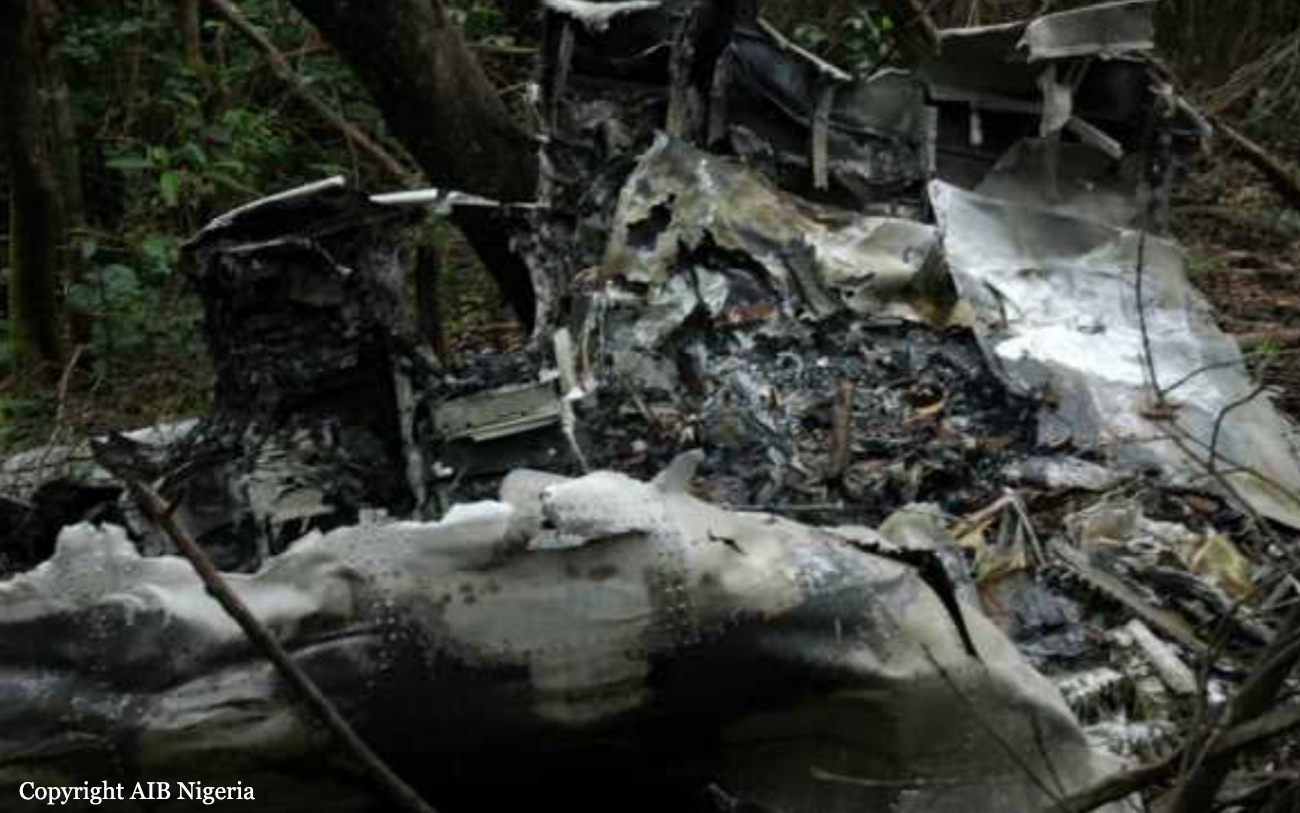
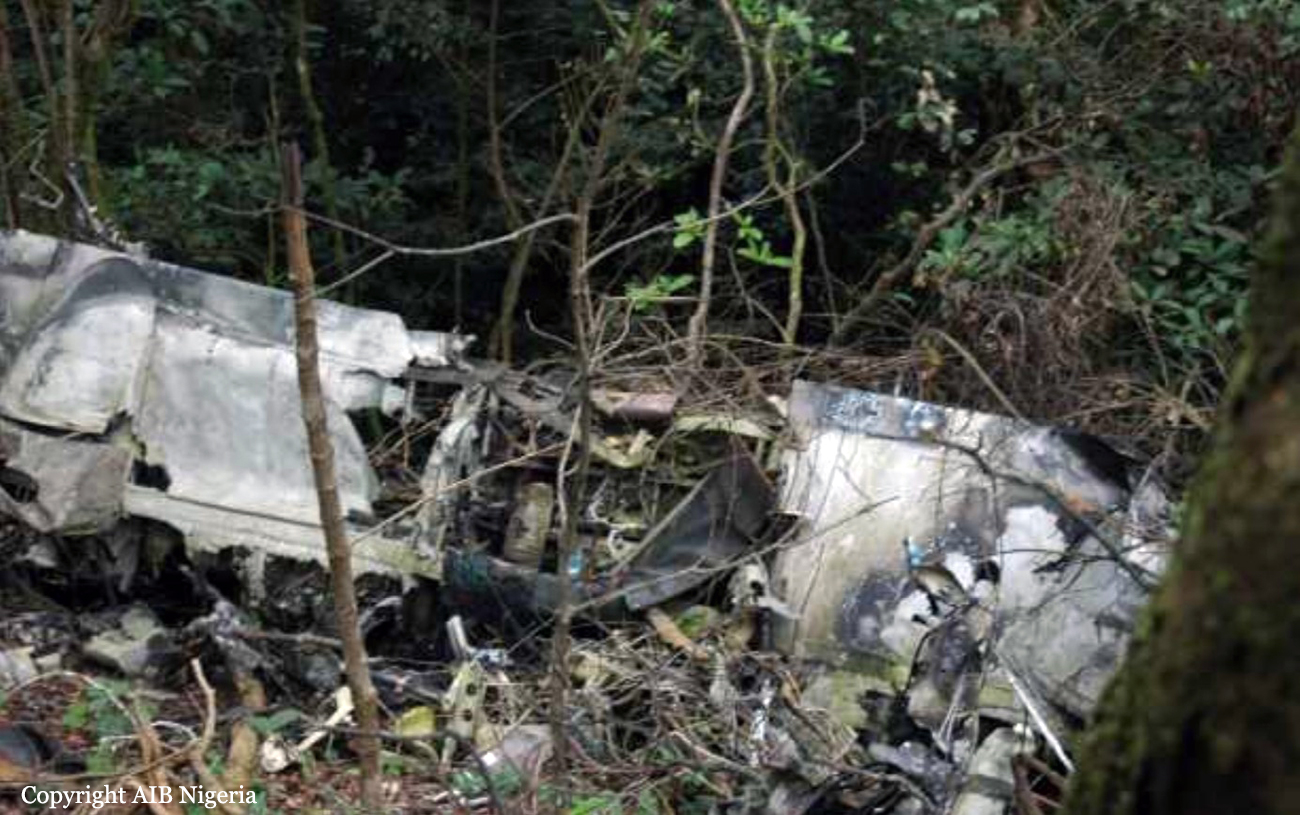
Crash of a Beechcraft 1900D in Kayenta
Date & Time:
Feb 22, 2008 at 0745 LT
Registration:
N305PC
Survivors:
Yes
Schedule:
Flagstaff – Kayenta
MSN:
UE-299
YOM:
1997
Crew on board:
2
Crew fatalities:
Pax on board:
18
Pax fatalities:
Other fatalities:
Total fatalities:
0
Captain / Total hours on type:
2700.00
Copilot / Total hours on type:
4207
Aircraft flight hours:
6497
Circumstances:
The captain initially flew the GPS (global positioning system) runway 2 approach down to minimums and executed a missed approach. The approach chart listed the minimum visibility for the straight-in approach as 1 mile, the minimum descent altitude (MDA) as 6,860 feet mean sea level (329 feet above ground level), and the missed approach point as the runway threshold. The audio information extracted from the CVR indicated the flight crew listened to the automated weather station at the airport twice during the second approach; both times the report stated, in part, "visibility one half [mile] light snow sky conditions ceiling two hundred broken one thousand overcast." At 0744:09, the first officer said, "there's MDA," and at 0744:27, "there's the runway right below ya." The CVR recorded the ground proximity warning system (GPWS) audio alert "sink rate, sink rate, sink rate, sink rate" at 0744:37, the sound of touchdown at 0744:52, and the sound of impact at 0745:00. According to both pilots, the airplane touched down even with the midfield windsock. The captain applied brakes and full reverse on both propellers; however, the airplane did not slow down and continued off the end of the runway, impacted and knocked down a chain link fence, and continued into downsloping rough terrain. The landing gear collapsed and the airplane slid to a stop. The operator reported that there was 2 to 3 inches of slush on the runway. The runway was equipped with pilot activated medium intensity runway lights, runway end identifier lights, and a visual approach slope indicator. The first officer said that on both approaches, he attempted to turn on the lights, but the lights did not activate. The Federal Aviation Regulation that specifies the instrument flight rules for takeoff and landing states, in part, that no pilot may operate an aircraft below the authorized MDA unless (1) the aircraft is continuously in a position from which a descent to a landing on the intended runway can be made at a normal rate of descent using normal maneuvers, and (2) the flight visibility is not less than the visibility prescribed in the standard instrument approach being used. The regulation further states that if these conditions are not met when the aircraft is being operated below the MDA or upon arrival at the missed approach point, the pilot shall immediately execute an appropriate missed approach procedure. In this case, the minimum required visibility was 1 mile versus the 1/2- mile visibility reported by the automated weather station. Additionally, the activation of the GPWS "sink rate" audio alert indicates a normal rate of descent was exceeded during the landing. Both of these conditions should have prompted the flight crew to execute a missed approach, which would have prevented the accident.
Probable cause:
The flight crew's failure to execute a missed approach, which resulted in a runway excursion after landing. Contributing to the accident were the inoperative lights, weather conditions below published approach minimums, and the slush contaminated runway.
Final Report:
